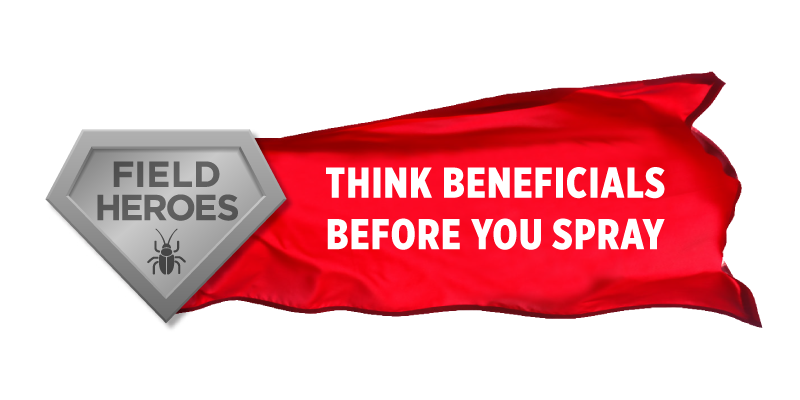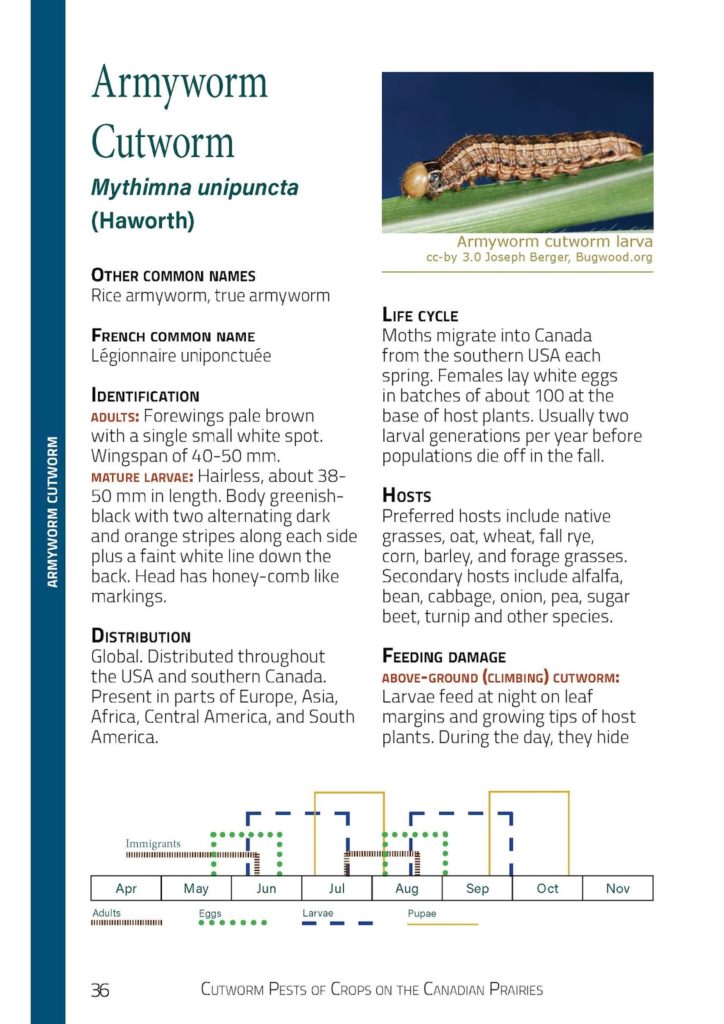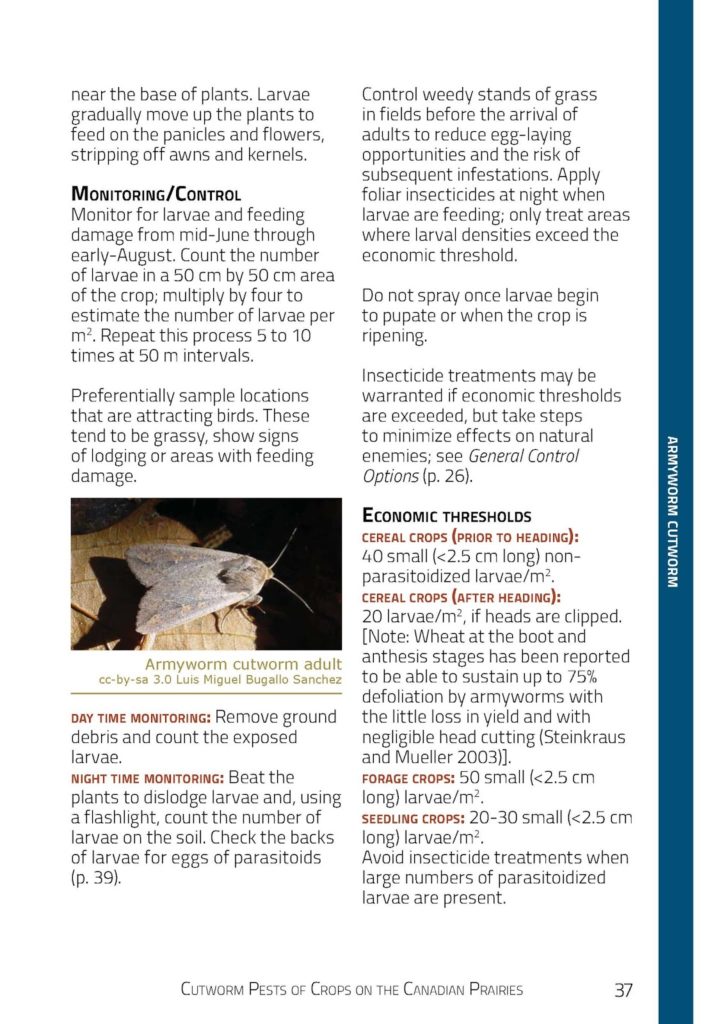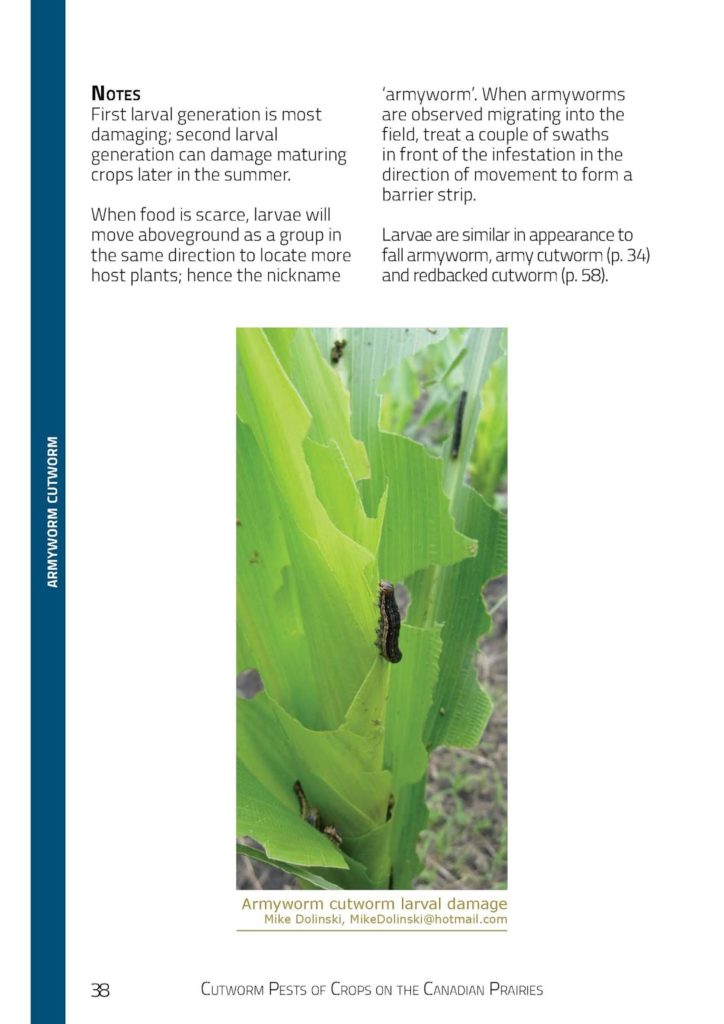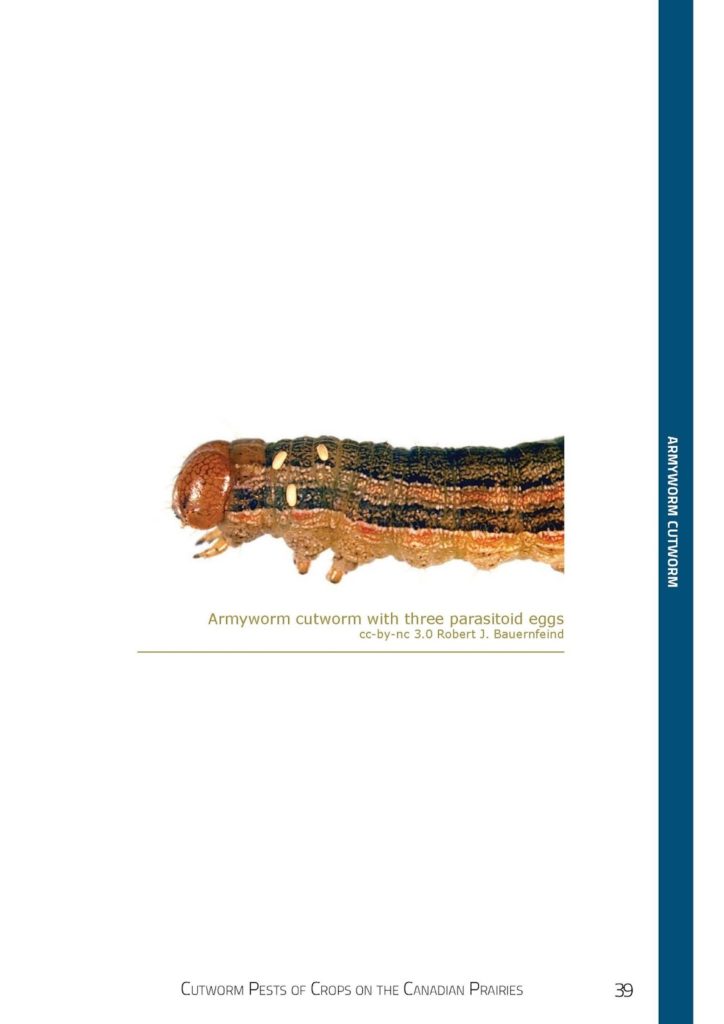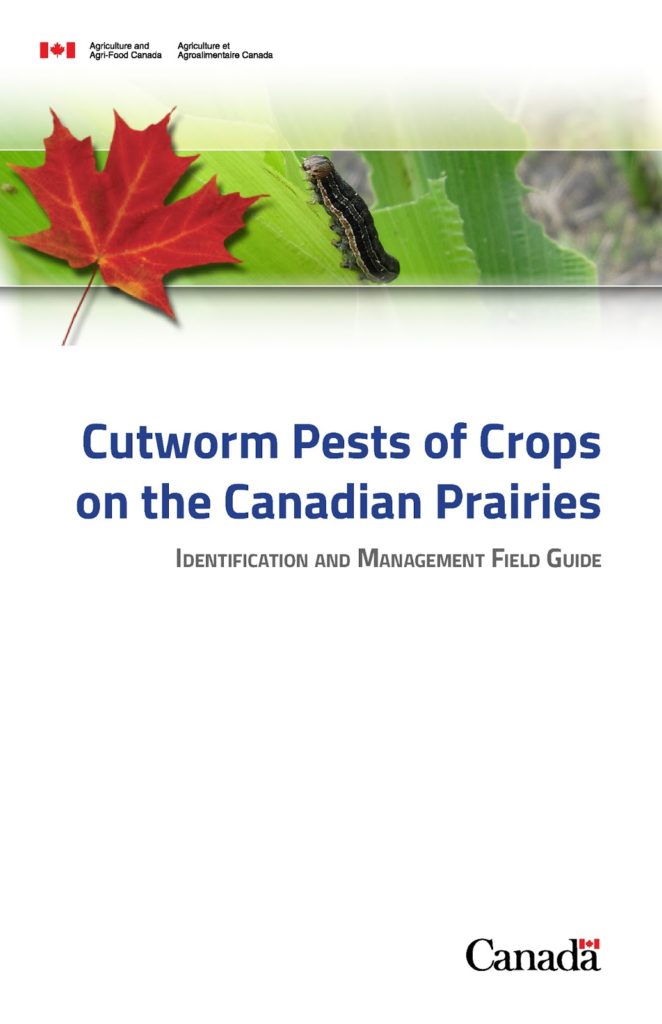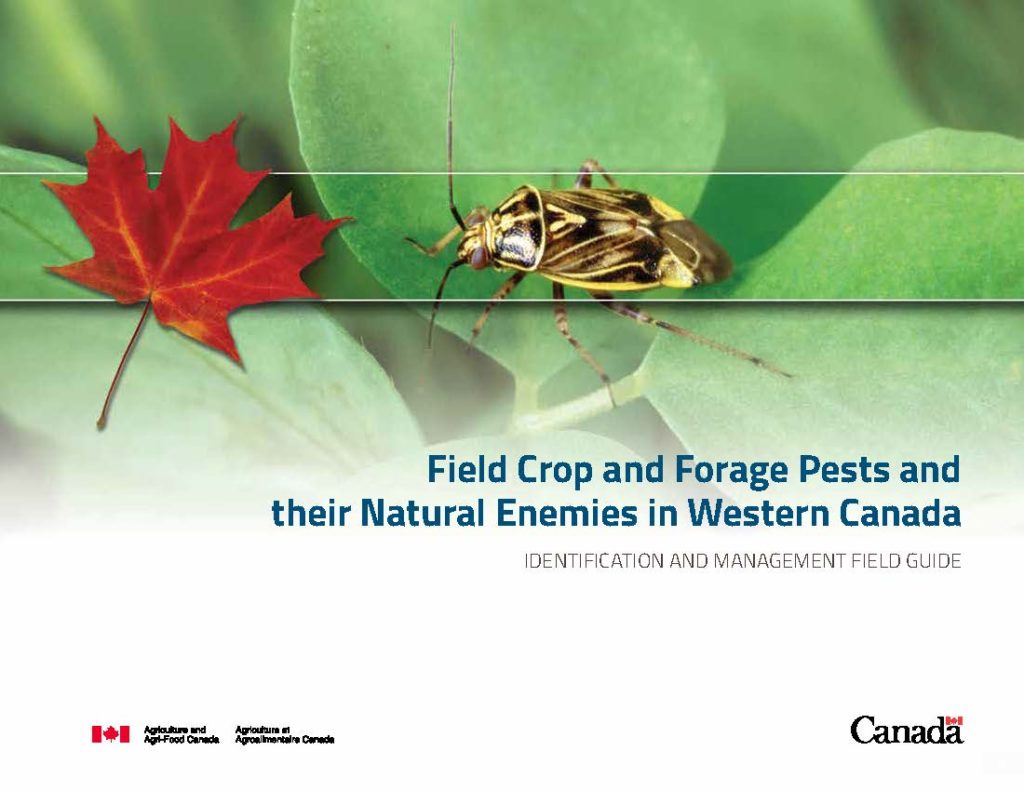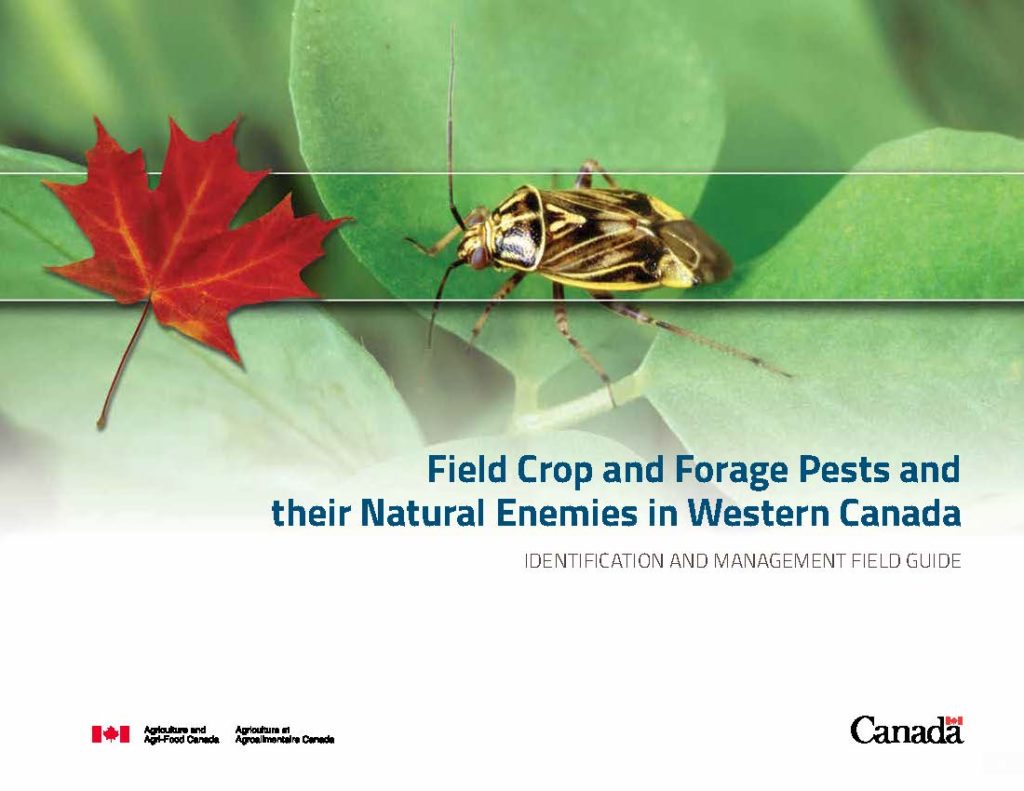When encountering insects found in prairie crops, I quite often don’t know if I’ve found a ‘good’ or a ‘bad’ insect. In these instances, I feel like Glinda the Good when she asked Dorothy, ‘are you a good witch, or a bad witch?’ Some are ‘good’ insects (predators, parasitoids, pollinators, decomposers) and others are ‘bad’ (defoliators, sap suckers, seed eaters, root eaters, disease vectors). And of course there’s also the great grey middle where some insects have a balance of good and bad traits, while others are seemingly and completely benign. Many times, you can’t tell simply by their appearance which category an insect falls in (unlike Glinda in identifying a bad witch: ‘Only bad witches are ugly.’). Especially when you encounter their adult form as it’s often the larvae or nymphs that cause most of the damage.
AAFC entomologists
study many aspects of the insects that make their home in our crops and nearby
land. One of those aspects is how the ‘good’ insects contribute to the
producers’ bottom line in terms of the pest control services they provide. Economists estimate that for
every $1 invested in Integrated Pest Management research, the industry gets
back about $15 in benefits. For a brief look at some of the work AAFC
entomologists do in Saskatchewan, make some popcorn, sit back and watch our new video.
I would be remiss
if I didn’t add that AAFC entomologists partner with provincial, university, industry
and private entomologists in the region and across Canada to discover, monitor and
publicize the latest findings and trends in crop pests and beneficials.
You might also
like to take a look at ‘Field Crop and Forage Pests and their Natural Enemies
in Western Canada: Identification and Management Guide’ for information and
full colour pictures of important economic Prairie crop insects and spiders. Download
links are available on the ‘Insect of Week’ page.

